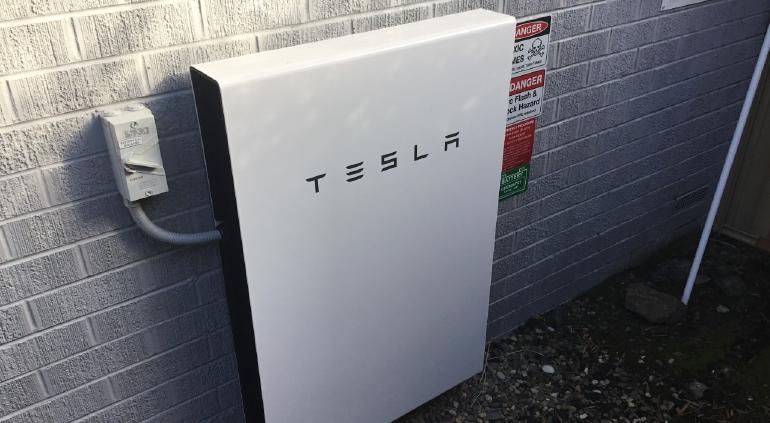If you have a Tesla Powerwall, you may be asking, “How long do Tesla powerwall batteries last?” The short answer is that the Tesla Powerwall is built to last for seven years or eight months. After this time, the battery will start to degrade. However, the manufacturer’s warranty guarantees that at least 70% of the battery’s original capacity will remain for ten years.
Battery life
The lifespan of your Tesla Powerwall batteries depends on a few factors, including the energy you draw and weather conditions. The best way to preserve your battery’s capacity is to charge it as low as possible. To do so, use the Time-Based Control Mode, which works best with Time-of-Use (TOU) rates. This mode allows your battery to save energy during times when the price of energy is low and then draw it when the rates increase. This can save you money on your electricity bill by preventing a sudden spike in your usage.
All batteries slowly lose capacity over time as they are used and recharged. The capacity of lithium batteries will decrease by 60 to 70 percent after ten years. Some chemistries have lower degradation rates, but they will cost you more upfront.
Battery maintenance
The battery management system in the Tesla Powerwall is sophisticated and protects the battery from damage. It ensures the battery receives sufficient charging current and prevents overcharging at elevated states of charge. To ensure optimal performance, the battery must be regularly recharged. It is important to regularly monitor the battery level and to follow manufacturer recommendations.
The Tesla Powerwall requires a reliable internet connection or cellular connection. If it loses its connection for more than five minutes, the system will alert the user. It will also notify you once power is restored to your home. You can choose to receive all notifications from the powerwall or choose not to receive them. To do so, you must make sure that your device settings allow notifications from the Tesla app.
In addition to storing energy, the Tesla Powerwall battery produces up to 5.8kW. This supplementary power ensures a constant supply of electricity for your home during power outages. This is essential as a large fluctuation in current can cause faults in sensitive electrical equipment. It can also help prevent your equipment from shutting down during power outages by keeping it operational until solar energy is available.
Battery longevity
Tesla owners need to take care of their Tesla Powerwall batteries in order to extend their battery life. You can do this by charging the battery slowly rather than quickly. Heavy acceleration reduces battery capacity and reduces range. It can also cause tires to wear faster. Keeping the batteries properly charged can prevent these problems.
One of the most important factors to consider is the amount of time that you use the powerwall. If you don’t use it every day, you may not get as much use from it as you should. The higher capacity of the battery, the longer it will be able to power your home. However, you should also consider the type of operating mode you choose. Depending on the mode you choose, your powerwall battery can last from 10 to 20 years.
If you plan to use your Tesla Powerwall to store excess solar energy, you should know how to preserve its batteries. These batteries can store up to 67.5 hours of electricity, which is sufficient for an average home fridge to run for six and a half hours.
Battery preservation
Tesla recently announced a program that allows ratepayers to aggregate the storage capacity of their Tesla Powerwall batteries to produce emergency power for the grid. The program will be effective in the coming summers when intense heat will drive demand on the power grid. Participating residential battery owners will be paid $2 per kWh for exporting power when demand is higher than supply.
There are several ways to preserve your battery, including charging them as often as possible. The battery chemistry is similar to that in Tesla cars, which is great for battery density. This allows them to store more energy in a small space and charge and discharge quickly. Furthermore, the batteries’ chemistry is also designed to know when to charge and discharge in order to maximize energy savings.
Using a lower voltage charger does not significantly impact the battery’s lifespan. On the other hand, consistent use of level 3 DC supercharging accelerates battery degradation. This results in lower charge ranges, lower lifetime charging cycles, and faster battery replacement.





